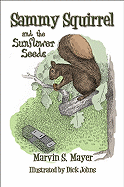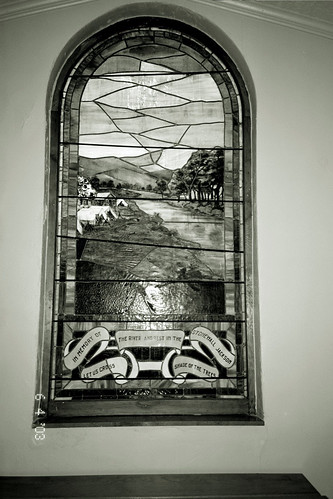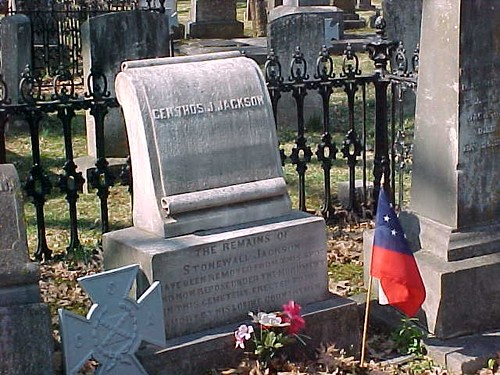With St. Patrick’s Day approaching, my mind is on the Irish in the Civil War. I found a site devoted to the 7th & 30th Missouri Volunteers: Missouri Irish Brigade of Civil War Re-enactors. You can find the site here:
According to the website, the 30th were “Known as the “Shamrock Regiment” the 30th Missouri Volunteer Infantry [and were] mustered into United States service, at St. Louis, Missouri in October of 1862.” The unit was part of Sherman’s Army and saw action at Chickasaw Bluff, Vicksburg, Jackson, Clinton, Natches, Vidalia, Mobile, and were after the war were assigned guard duty in Texas.
The” Irish Seventh” were “mustered into United States service at St. Louis, Missouri in June of 1861.”
Both units were consolidated by the end of the War and the consolidation continues today in the reenactment unit. If you go to their site, you can see a photo of the regiment’s flag, a painting created and submitted to the site by Aaron Gilmore. Here is a description of the flag in the Boston Pilot, an Irish Newspaper that existed in Boston Mass. during the Civil War. The article was ran on July 12, 1862.
“A splendid standard for the 7th Missouri (Irish) Regiment, painted by Somerby was exhibited at the Pilot bookstore, last week. It is painted on green silk of beautiful color and texture, and measures six feet by six feet six inches, in one piece. On one side is the Irish harp, guarded by a savage looking wolf dog surrounded by a wreath of shamrocks, and mounted by an American eagle, and supported on either side by flags and implements of war. A golden halo shoots from out and over the whole. On the reverse is a sunburst in all its glory, with the Irish war cry for a motto – “Fag an Bealac!” A beautiful gold eagle mounts the staff; and nothing is lacking about it which constitutes a first class standard.
If you go to this site, you can learn about the 28th Massachusetts Volunteer Infantry 4th Regiment in the famous Irish Brigade. This site will tell you all about the regiment’s history, weapons, flags, battles, and casualties. It will also inform you of the recreated 28th that in the world of Civil War reenacting, represents the unit. The site has pages that will tell you of the 28th today, some vital information about Civil War reenactment, uniforms and equipment, recommended sutlers, their campaign schedule and an image gallery. You can also find out how to join the unit should you have the desire and means to do so.
In case you’ve never seen them, here is a famous Civil War song entitled, “The Boys of the Irish Brigade.” It’s one I often do in my Civil War programs at schools and libraries.
What for should I sing you of Roman or Greek,
Or the boys we hear tell of in story?
Come match me for fighting, for frolic, or freak,
An Irishman’s reign in his glory;
For Ajax, and Hector, and bold Agamemnon,
Were up to the tricks of our trade, O,
But the rollicking boys, for war, ladies and noise,
The boys of the Irish Brigade, O!
What for should I sing you of Helen or Troy,
Or the mischief that came by her flirting?
There’s Biddy M’Clinchy the pride of Fermoy,
Twice as much of a Helen, that’s certain.
Then for Venus, so famous, or Queen Cleopatra,
Bad luck to the word should be said, O,
By the rollicking boys, for war, ladies and noise,
The Boys of the Irish Brigade, O!
What for should I sing you of classical fun,
Or of games, whether Grecian or Persian?
Sure the Curragh’s the place where the knowing one’s done,
And Mallow that flogs for diversion.
For fighting, for drinking, for ladies and all,
No time like our times e’er was made, O,
By the rollicking boys, for war, ladies and noise,
The boys of the Irish Brigade, O!
From the Book of Irish Songs, by Samuel Lover
(Paul A.Winch, 1860)




